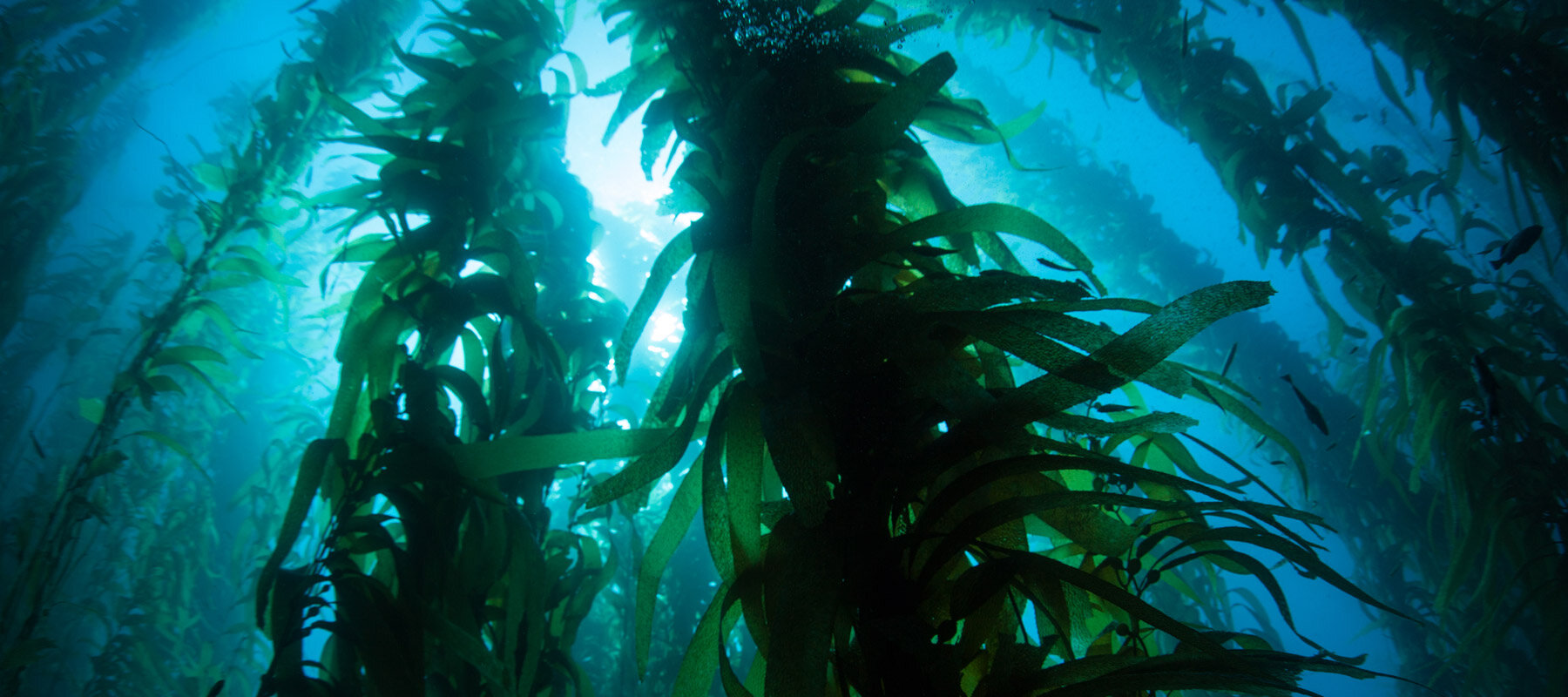
Ecklonia maxima
The Production Process
Kelp fronds are harvested along the South African West Coast by divers at low tide off boats and processed the same day.
• The harvested kelp is washed to remove sand and foreign debris
• The is followed by mechanical micronization
• The micronized kelp is then enzymatically hydrolyzed with a series of proprietary enzymes of mild temperatures
• The hydrolysate is centrifuged to remove all remaining insoluble biomass
The Product
• Ecklonia maxima Concentrate can be applied as a soil drench, through fertigation and foliarly with nutrients.
• Ecklonia maxima Concentrate is compatible with most agrochemicals and standard fertilizers, however a compatibility test is always recommended.
TESTING
TOTAL ORGANIC CONTENT (TOC)
Total Organic Content, TOC, also known as Total Organic Carbon. TOC in fertilizers such as Kelp is beneficial for plants as nutrition, the carbon undergoes oxidation to CO2, providing air for plant growth.
Phenolic Content
Plant phenolic compounds can act as antioxidants, structural polymers (lignin), attractants (flavonoids and carotenoids), UV screens (flavonoids), signal compounds (salicylic acid, flavonoids) and defense response chemicals (tannins, phytoalexins).
Reducing Sugars
Reducing sugar is a sugar that serves as a reducing agent due to its free aldehyde or ketone functional groups in its molecular structure. These sugars are beneficial to plants as they provide a high level of energy to plants to promote plant growth.




